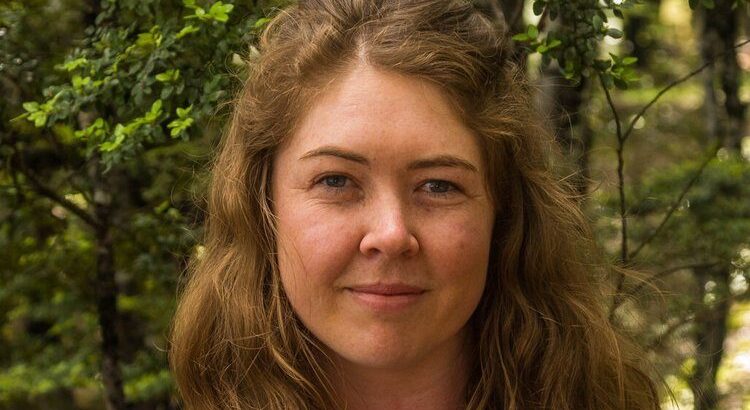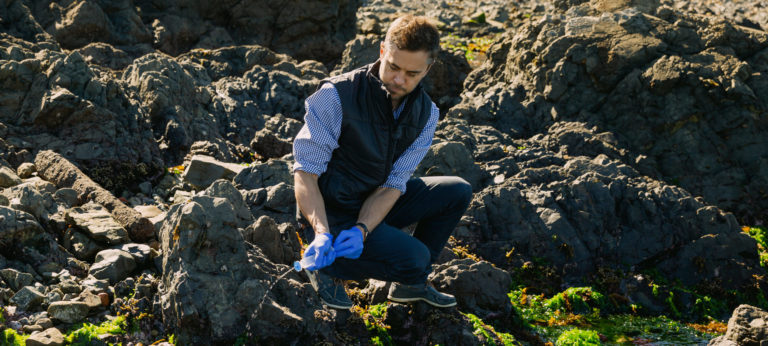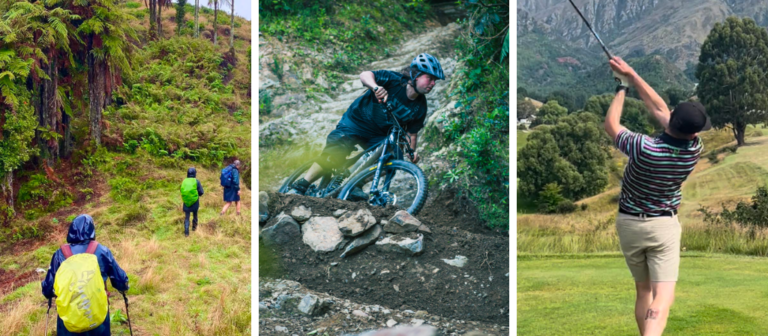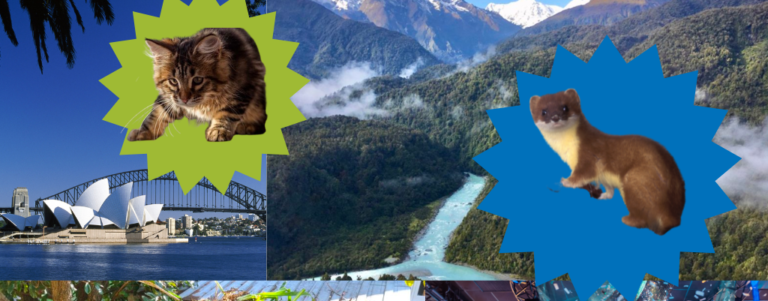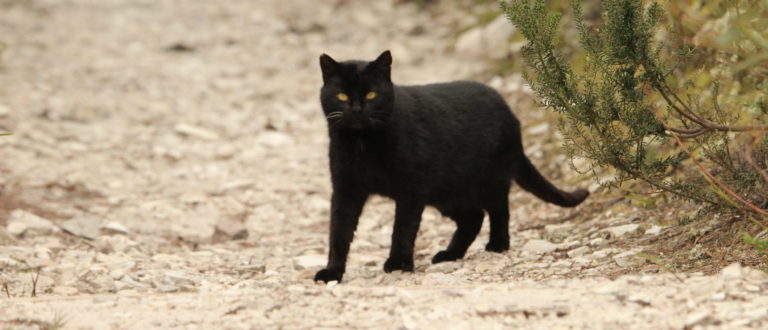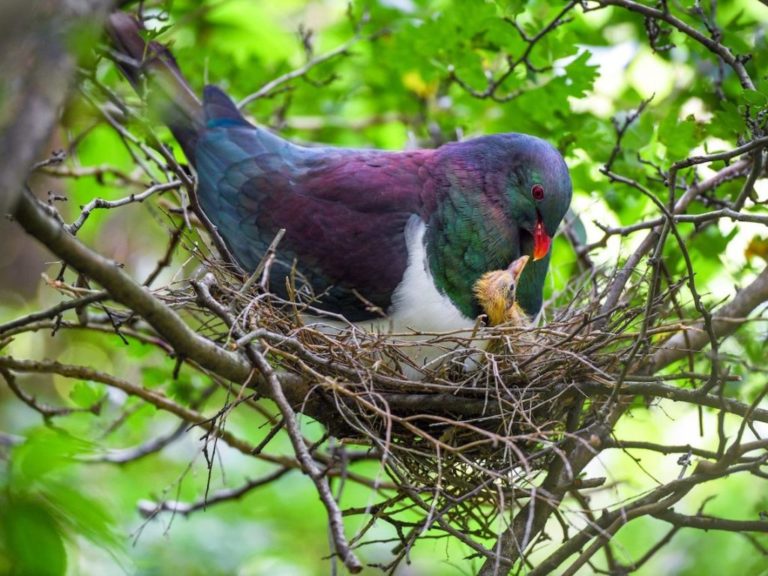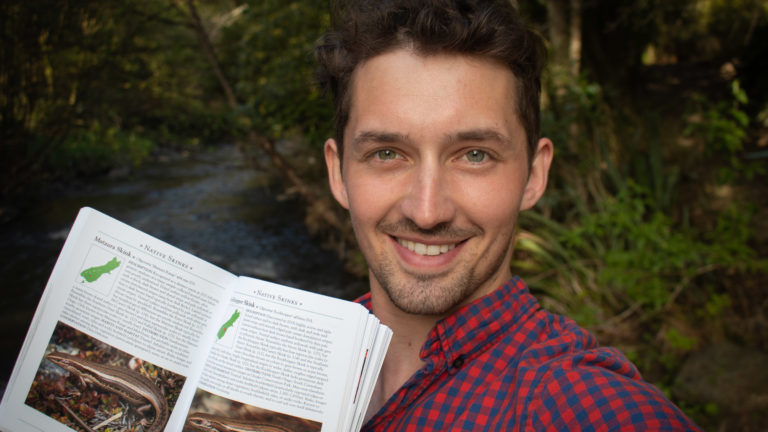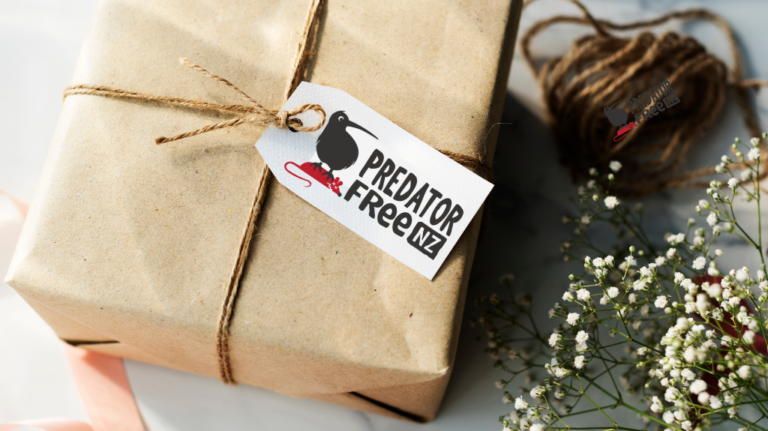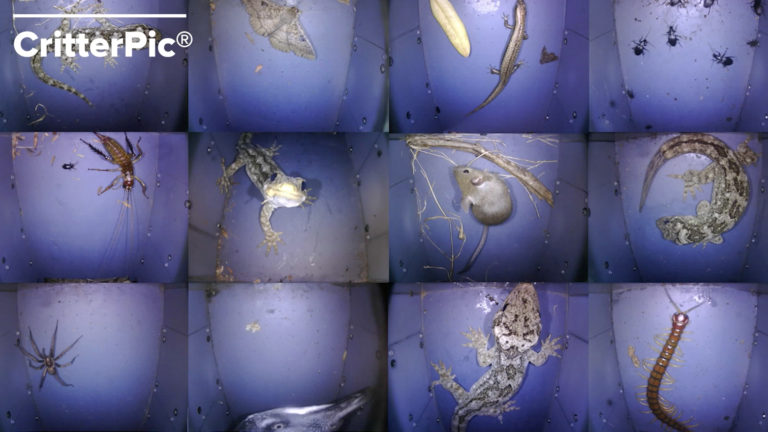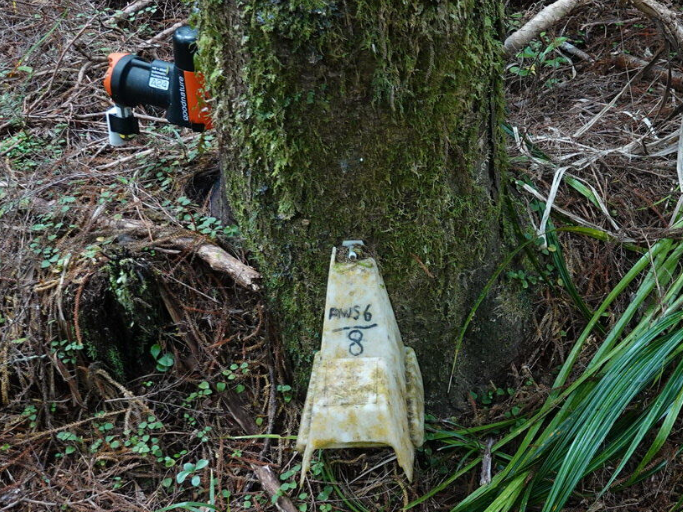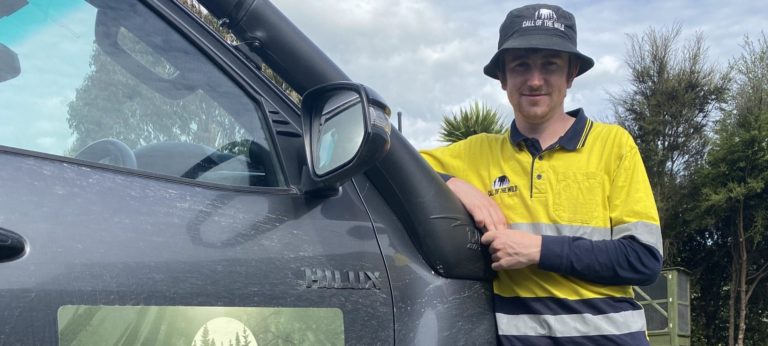A day in the life of a predator ecologist
Out in the field traversing rugged rocky slopes or in the research lab analysing data, no day is the same for Maggie Nichols, a predator…
A cupful of water reveals native and pest species
Scientists are using genetic material sampled from waterways to discover populations of rare species, indicate river health and solve environmental mysteries. You’ve heard of forensic…
Step, cycle and swing your way to predator free
Every weekend, thousands of us find our fun by trudging up mountains or hurtling down them on bikes. Others play a round of golf or…
Protecting fluffballs: what it takes to save nesting ōi
Tucked into cliff burrows vulnerable little fluff-balls are living alone, visited once a week by their parents for feeding. These ōi (grey-faced petrel) babies won’t…
Most read posts of 2022
From possum nightclubs to garden transformations, these were the most popular stories published by Predator Free New Zealand Trust this year. 1. It’s business time:…
Cat catastrophe: The final frontier – managing feral cats
Part 3 of our series Cat catastrophe: Why are we behind Australia in managing cats? Cats are the eighth-most populous species in the world and…
Top backyard wildlife encounters of 2022
We present a completely subjective, non-exhaustive, contestable list of the top backyard wildlife encounters of 2022. Predator control, responsible pet ownership and native planting are…
One lucky chick: the diary of a kererū
Before Lucky the kererū chick – there was no luck. On our tiny bush remnant, I watched as Lucky’s parents endured six successive nest fails…
The reptile files: your guide to identifying reptiles and amphibians in Aotearoa
The search for native reptiles is a bit like a Hollywood drama. There’s adventure and suspense, elation and heartbreak and sometimes, despite overwhelming odds, the…
Click for conservation: Can social media make a difference for native species?
If you’re reading this because you clicked on a social media link, this story is for you. Before you got here, you were probably scrolling…
Seasons tweetings: give a nature-friendly gift this year
Gift inspiration for buying for yourself or the wildlife lover in your life. Not just nature-themed, many of these present ideas give back to conservation…
High-tech predator control solutions for today, not tomorrow
Photo-booths for lizards, long-lasting lures, and a trap that can recognise what it’s caught – if you want creative, hi-tech yet practical solutions to predator…
Quick ways to improve your bait stations
Tamper-proof bait stations are easy to use and are a great addition to your backyard trapping toolkit. They’ll help you keep introduced predators under control…
First-class: predator free apprentice graduate becomes second-in-command
Two years ago, Finn Giddy was working his first serious job out of high school digging trenches, unsure of his career prospects. Now, he’s the…
Bug of the Year is finally here!
Birds tend to hog the spotlight here in Aotearoa New Zealand but did you know we also have a host of incredible insects, spiders and…

